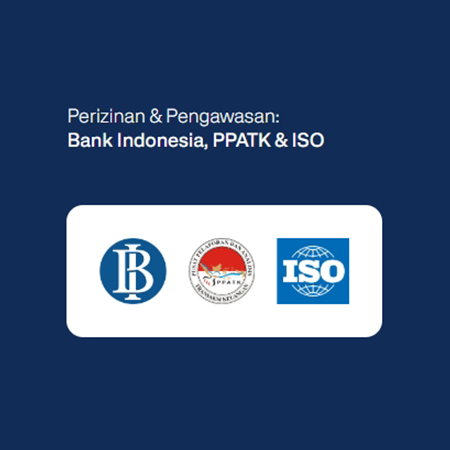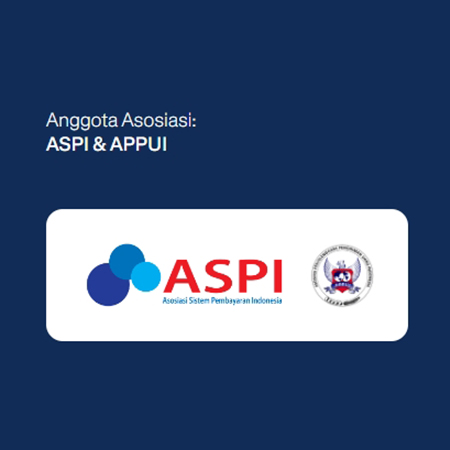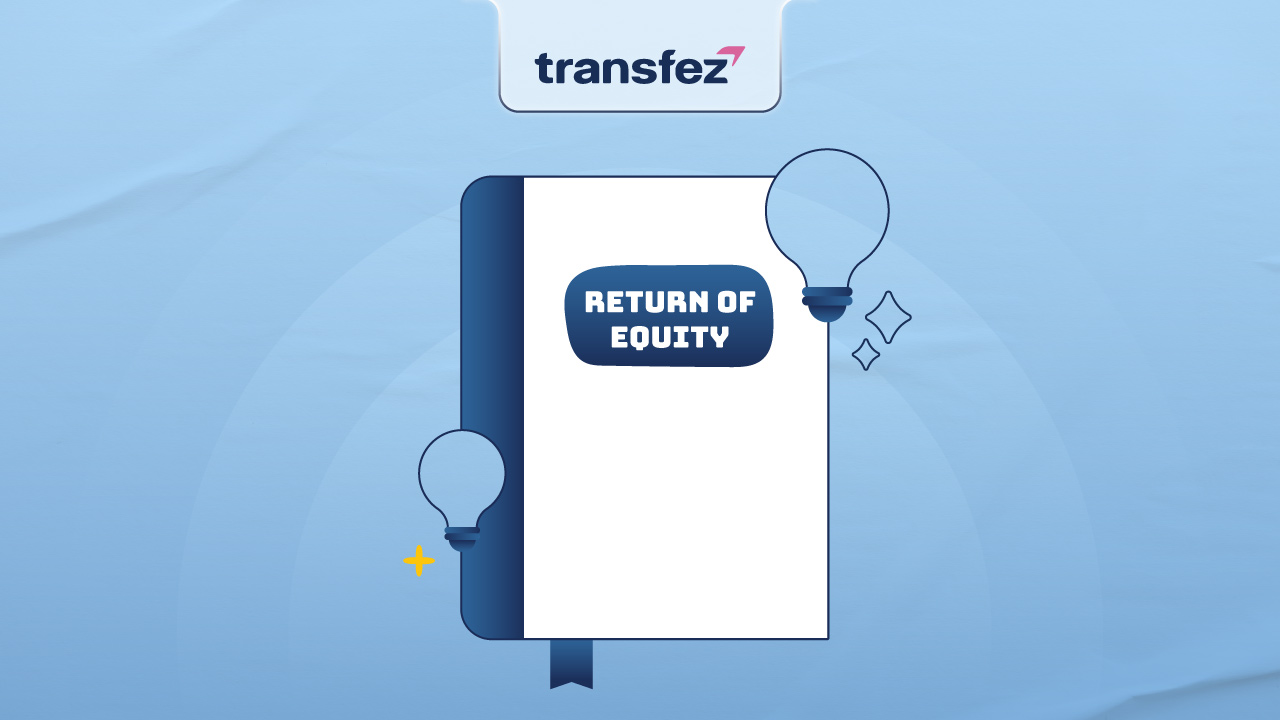
Return on Equity (ROE) is one of the profitability ratio calculations. ROE is a percentage that reflects a company’s ability to generate net profit using its own capital and shows the amount of profit available to investors or business owners.
In simple terms, ROE serves as a metric for assessing a company’s financial performance. The ROE result depends on the size of the company, smaller companies with relatively small capital tend to have smaller ROE, and vice versa.
What is Return on Equity?
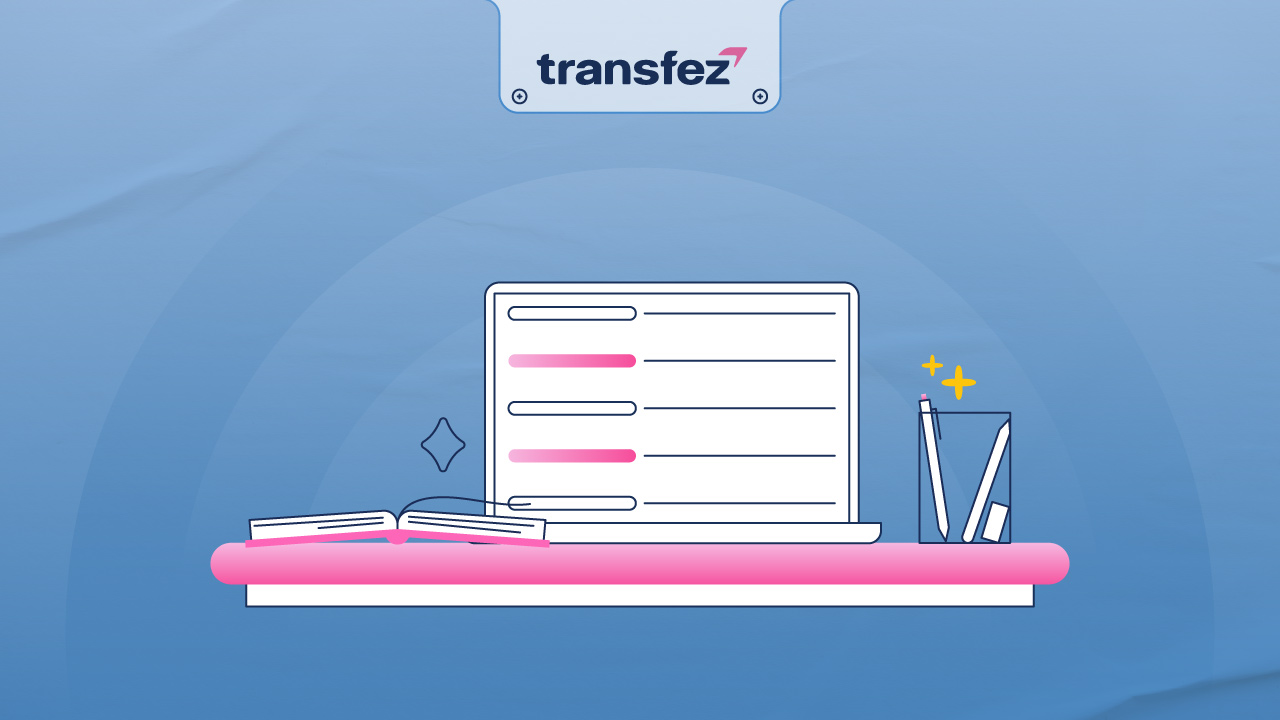
Just like other profitability ratios, ROE provides a snapshot of a business’s performance by measuring the net profit relative to the capital used. In economics and business, ROE is a metric used to compare a company’s net income with the total capital invested by shareholders or business owners. From a securities perspective, ROE represents the income generated thanks to investors’ capital.
In simple terms, ROE is an important indicator of how well a business manages the funds entrusted to it by investors. If a company has a high ROE, its reputation among capital market players generally improves.
This is because a high ROE shows that the company is using investor capital efficiently in running its business.
Benefits of ROE in Business
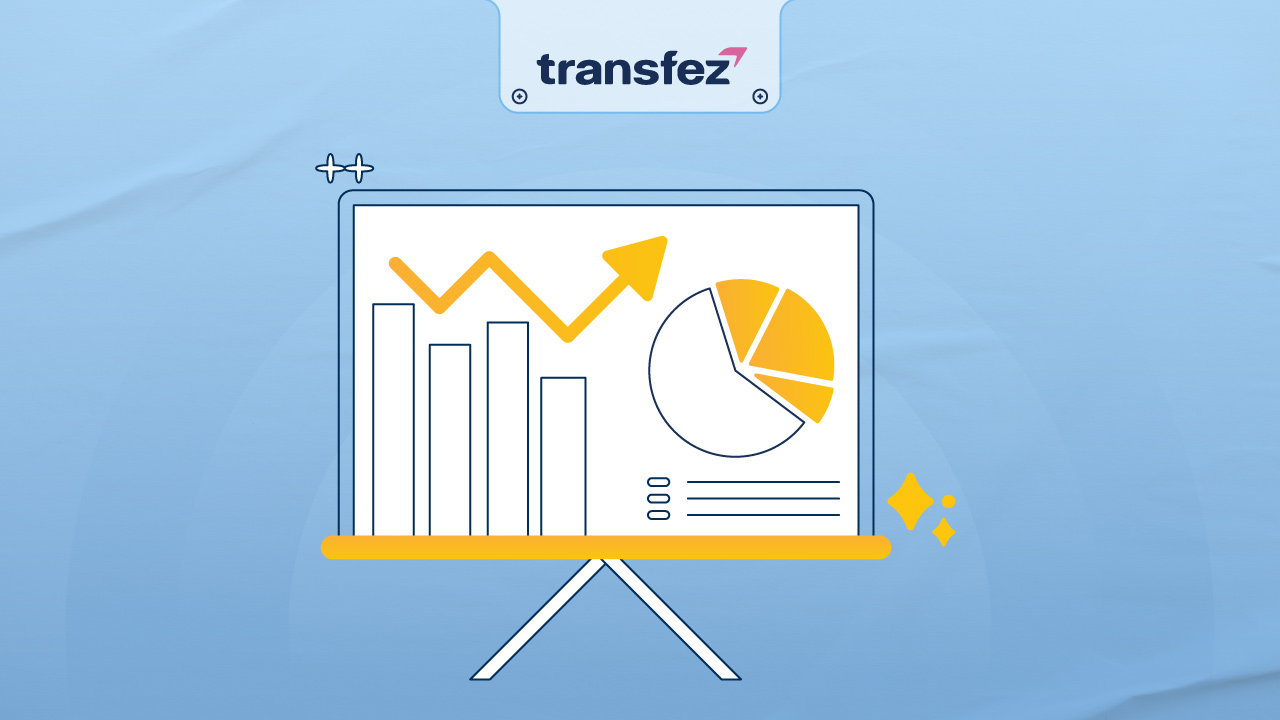
It’s also important to understand the practical benefits of using ROE, especially from the investor’s point of view. Here are some key benefits of ROE:
1. Shows the Company’s Profitability
ROE is very useful for investors because it shows how much profit a company can generate. It helps investors quickly assess a company’s profitability.
2. Provides an Estimate of Future Business Profits
ROE can also be used as a tool to predict the business’s future prospects. If the company maintains a minimum ROE of 1.0 or higher, it’s likely that the ROE will continue to grow in the future.
3. Reflects the Company’s Growth
A good ROE indicates consistent and growing returns year over year. This helps investors evaluate whether the business can adapt and grow with changing times.
Factors Affecting Return on Equity (ROE)
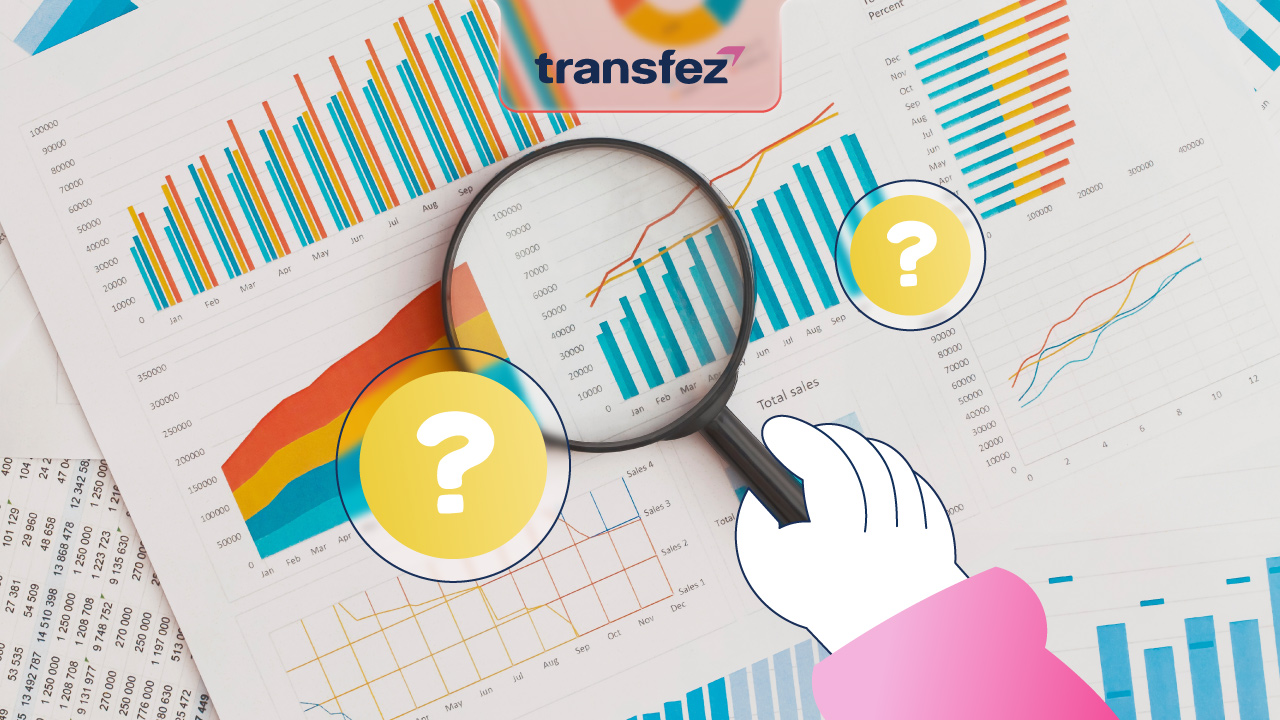
In addition to capital, several other factors influence ROE, such as:
- Activity Ratio: Reflects how much operational activity the company engages in.
- Debt Ratio: Higher levels of debt can reduce ROE.
- Liquidity Ratio: If a business’s liquidity is poor, ROE can decrease because receivables cannot be counted as profit.
How to Calculate ROE

The formula to calculate ROE is:
ROE Formula = Net Income (Revenue – Expenses) / Equity
Example of ROE Calculation
In 2019, PT ABC generated a revenue of IDR 500 million, with total expenses of IDR 230 million. In 2018, PT ABC received IDR 100 million in capital from investors, and the owner’s initial capital was IDR 150 million.
ROE = Net Income / Capital = (IDR 500 million – IDR 230 million) / (IDR 100 million + IDR 150 million) = IDR 270 million / IDR 250 million = 1.08
So, PT ABC’s ROE is 1.08, which is categorized as normal and slightly above the benchmark of 1.0.
If the ROE is below 1.0, it may indicate the company is still in a healthy state and could still be recommended for investors to consider funding.
Advantages of Return on Equity (ROE)

Now that you understand how to calculate ROE using the formula, here are some additional advantages of using ROE in business analysis:
- The formula is simple, making it easy for investors to use, assuming all required data is available.
- ROE reflects real profitability, helping assess how much profit a business can make and how sustainable it is.
- It can serve as a benchmark for evaluating management performance. Investors may call a general meeting if management consistently fails to maintain a healthy ROE.
Disadvantages of Return on Equity (ROE)

Like any other financial metric, ROE has limitations, including:
- Reduced Motivation for Innovation: Since ROE focuses only on net profit, management might play it safe rather than innovate, just to maintain consistent net profits.
- Ignores Capital Depreciation: ROE doesn’t take into account depreciation of assets, which can lead to misleading results, ROE might remain high even if asset value is decreasing and the company is stagnating.
- Less Accurate for New Companies: New businesses often have low ROE in the beginning due to their products still trying to gain traction in the market.
That’s a complete overview of ROE, including its benefits and drawbacks. Hopefully, this article helps you better understand what ROE is and how to calculate it accurately.
Download Transfez App
Transfez App can help you transfer money abroad more quickly and efficiently. Jack Finance can also help your business in making transactions abroad. For those of you who want to send money to relatives who are abroad because they are studying, working, or traveling, Transfez will be ready to help. This app is available on Android as well as iOS.









